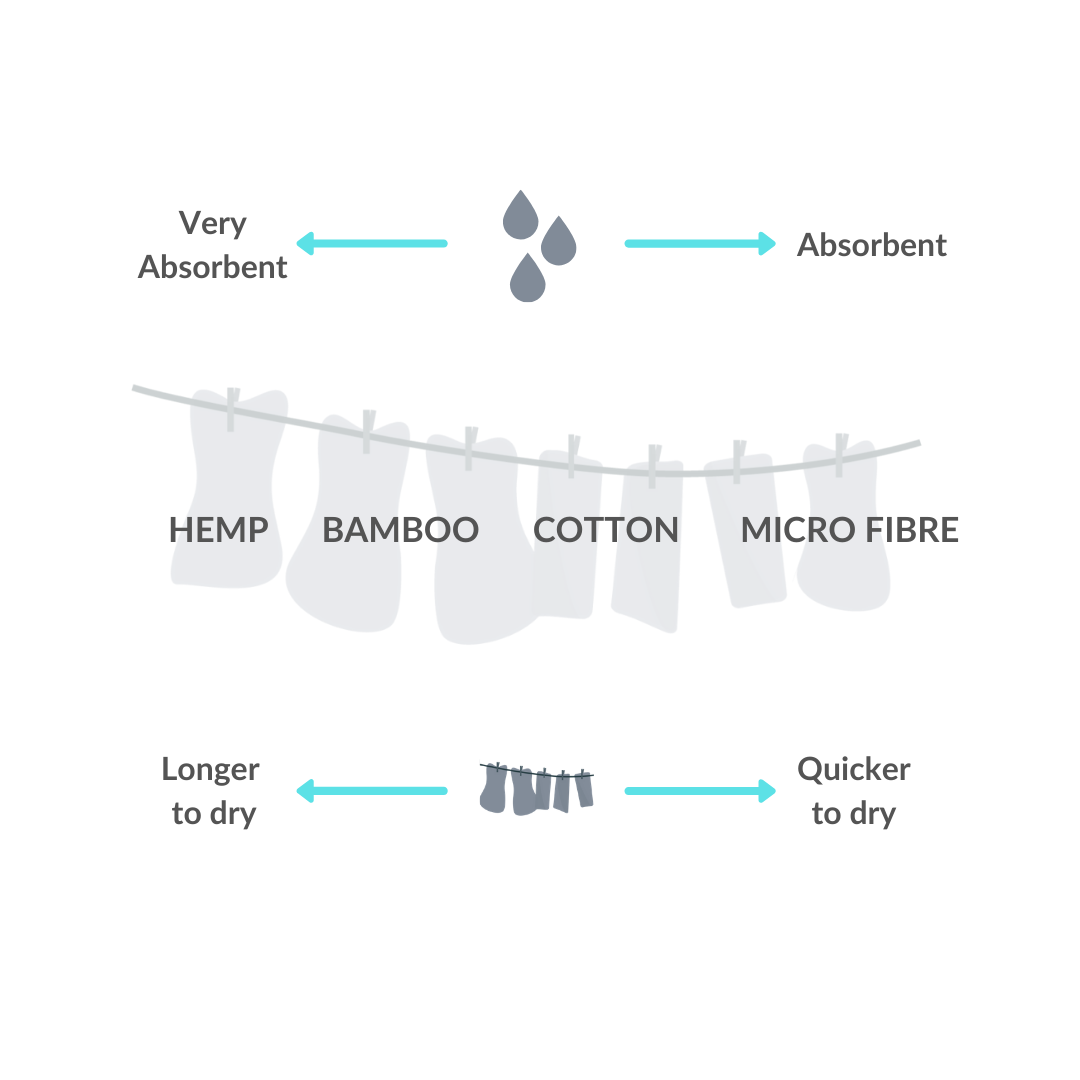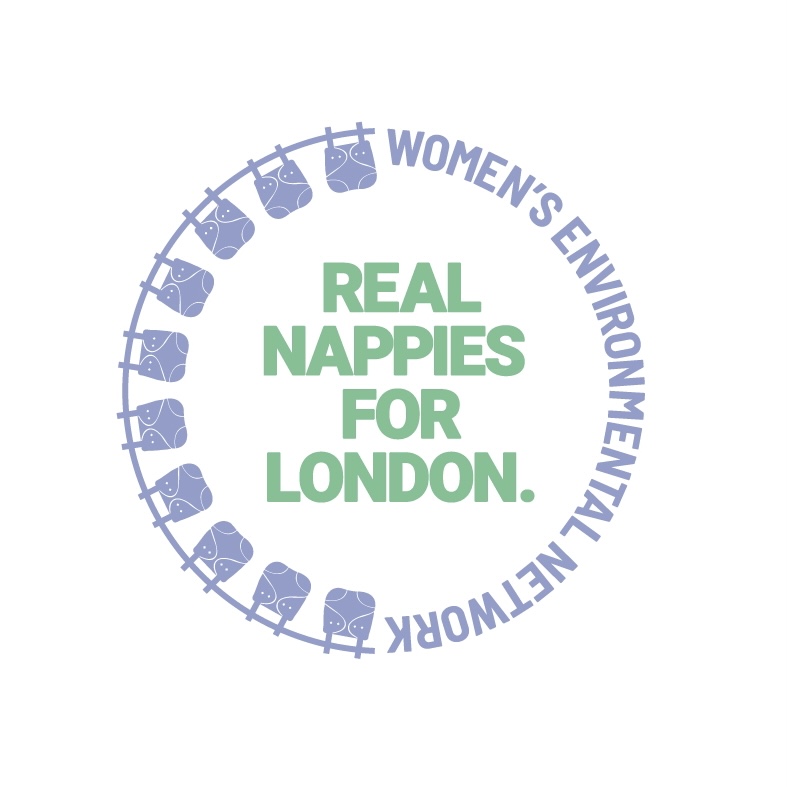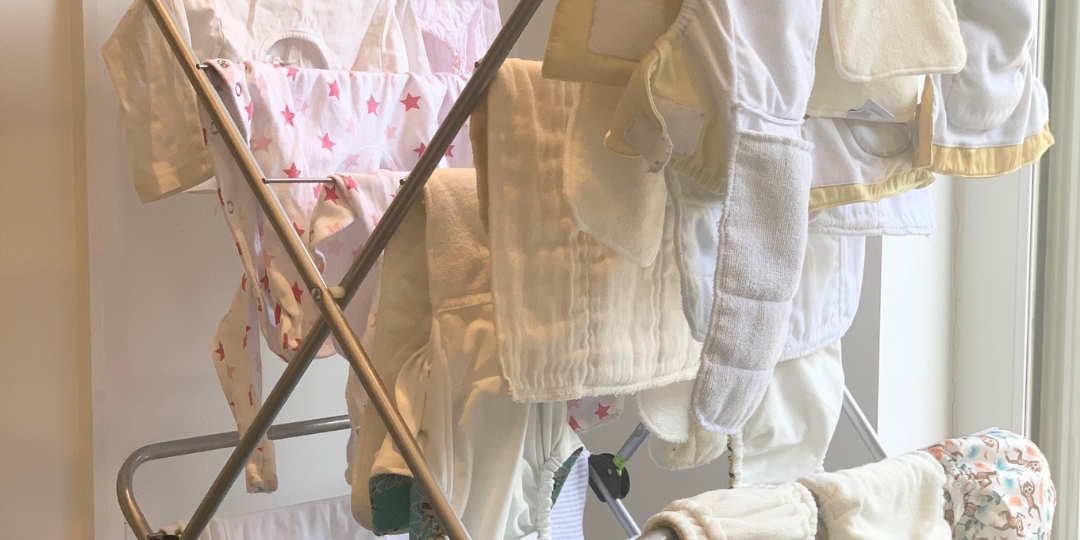We would like to give parents the best tips on how to dry reusable nappies. Knowing what materials nappies are made of and how best to dry them will result in happy nappy time, and we have been able to bring together expertise from Bambino Mio, Little Lamb, The Nappy Lady and Nappy Ever After.
Reusable nappies are made of different materials which can affect the level of absorbency and the drying time of the nappies. Nappies made of hemp and bamboo are very absorbent, but because of this they do take longer to dry. Cotton nappies are very versatile in terms of absorbency vs drying time, and microfibre nappies are less absorbent by comparison, but dry the quickest out of all the materials. Parents can choose which nappies to buy depending on their preference of materials.

While hanging reusable nappies outside in a garden or on a balcony is the most optimal way for drying, we know that not all families in London have access to their own outdoor space. With that in mind, here are some tips for optimal drying of reusable nappies (for both inside the home and outdoors):
- Always air-dry reusable nappies where possible – on a washing line or clothes airer.
- Ensure any absorbent inserts are removed from inside the waterproof wrap to increase air-flow to all parts of nappy.
Make sure to pull out the absorbent microfibre core to allow airflow around the most absorbent part of the nappy.
(Bambino Mio on how to dry their Miosolo nappies)
- When needed and if your washing machine allows, you can select a high spin setting on your washing machine.
For a useful comparison, a bamboo nappy will take about as long as a pair of heavy denim jeans would take to dry. The trick to bamboo is to make sure it always gets the fastest spin on a washing machine. The more liquid is spun out during the wash cycle, the faster the fabric will dry.
(Little Lamb on the expectations of drying bamboo nappies)
- If using bamboo or cotton nappies, Little Lamb suggests that you give them a quick shake to spread the towelling pile, helping to speed up drying time and makes them feel softer.
- When drying indoors, air-dry near to a window. Having the window open when possible will circulate air-flow and tackle moisture.
- Direct sunshine, either outdoors or inside by a window, will naturally bleach the fabric and remove any stubborn stains.
The best place to dry reusable nappies is in a well-ventilated space. Air movement is the key to drying all laundry:
The warmer the air temperature, the quicker the water molecules evaporate, but without a draught the molecules will be attracted back to the garment. If you air-dry the nappies inside make sure it’s a draughty spot.
(Little Lamb on the importance of air movement)
We all have our favourite place to dry our washing indoors. Wendy from The Nappy Lady also suggests some additional great areas where you can dry reusable nappies effectively, “on a ceiling drying rack or in an airing cupboard, if they are not on direct heat. Parents can also use over-hanging racks on their door.”
Although bathrooms are not the most ideal place for drying your baby’s nappies, as they may be less well-ventilated than a bedroom or lounge, parents have anecdotally used bathrooms as a largely unused space, knowing that the nappies may take a little longer to dry.
In the colder months, placing microfibre or bamboo nappies near to, but not directly on, a heat source such a radiator is also good. Cotton material can be placed directly on a heat source, but remember that anything containing PUL material should not be placed on a heat source.
The great thing about cotton prefolds is they can be dried directly on the radiator if you are in a rush. They will be a bit like cardboard to start, but they will soon soften up on baby’s bottom.
(Nappy Ever After on a quick drying technique for flat nappies)
All reusable nappies can be dried on a low heat in the tumble drier. Some parents find that finishing off drying time in the tumble drier for 10 minutes can speed things up. Just bear in mind that tumble-drying nappies consistently on a high heat can damage the fabric and elastics, as well as the materials of any waterproof wraps. Other tips can be found on our previous blog post ‘tips for drying reusable nappies in the winter months‘.
How do you dry reusable nappies? Have you thought of an innovative space-saving way to dry them in your home? We would love to hear from you – tells us on social media using the #RealLifeReusables hashtag so we can see and share.

